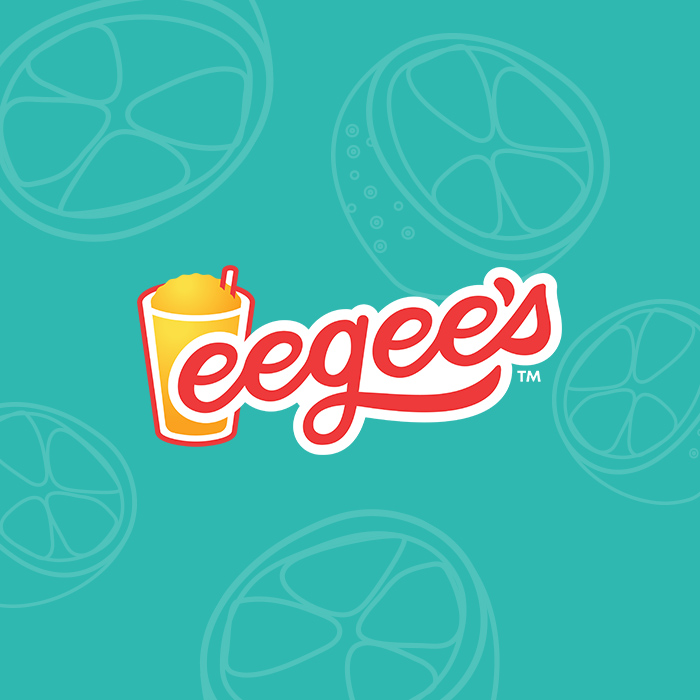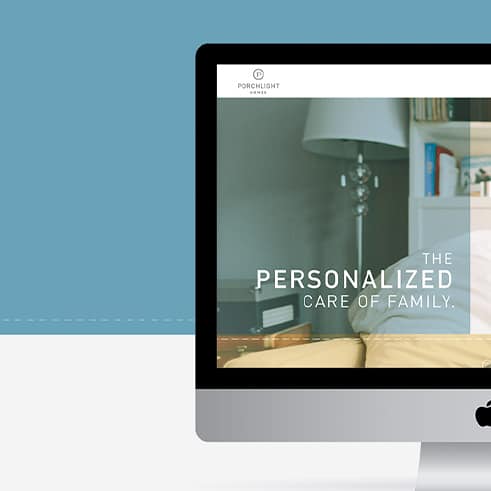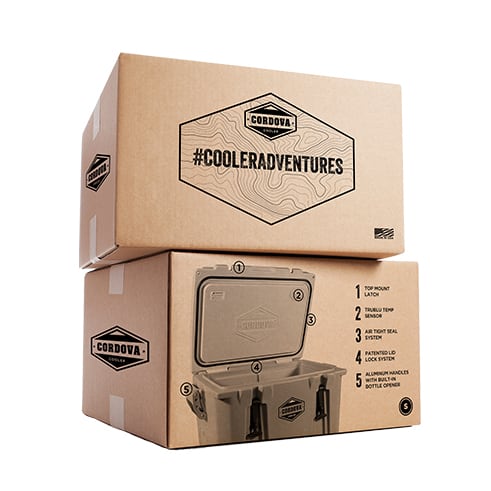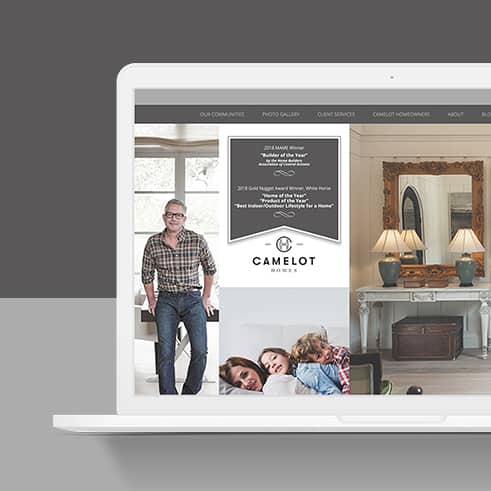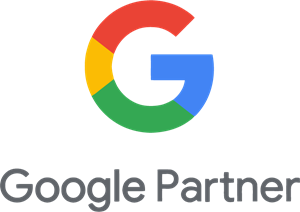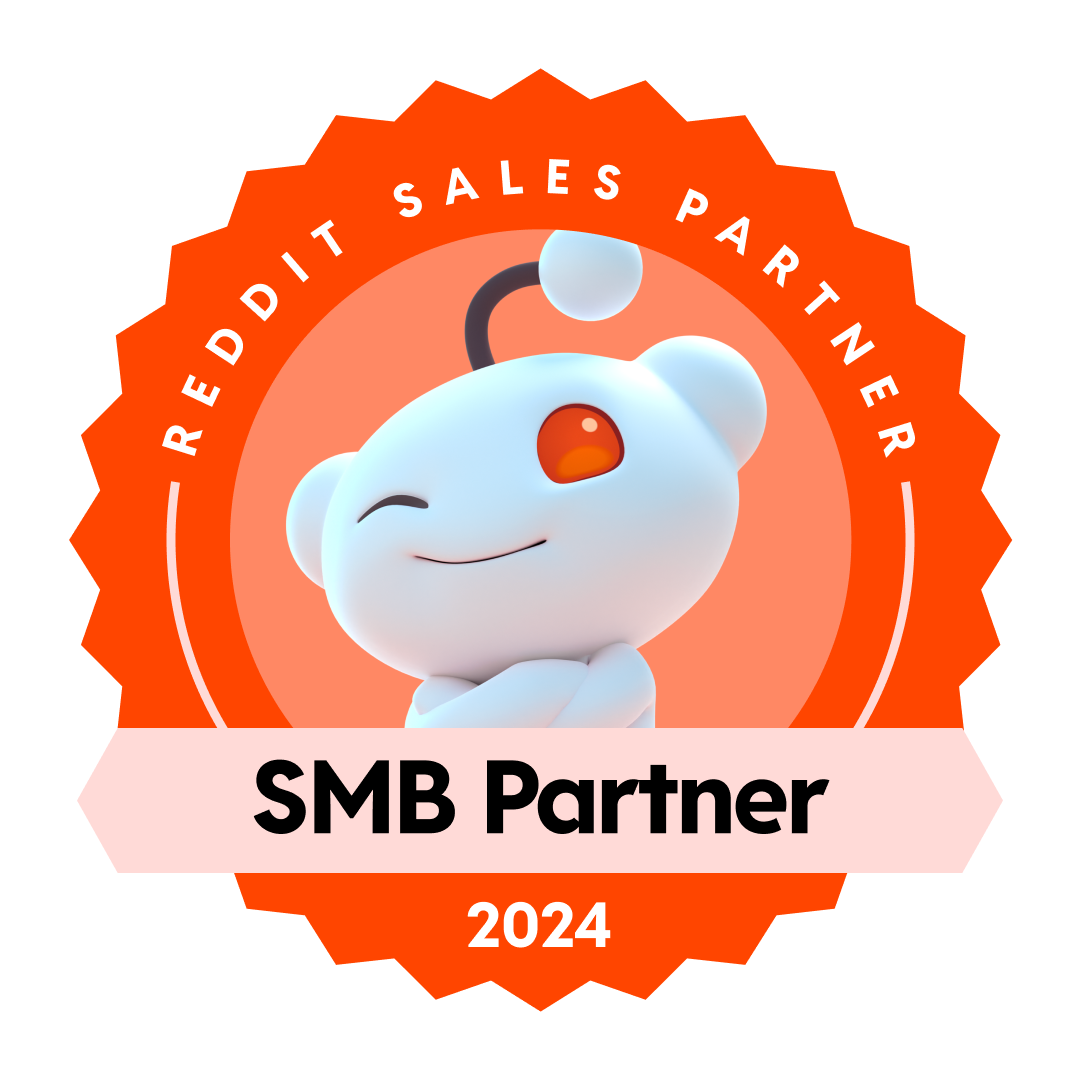Today’s marketer has more advertising options available than ever before. Despite this, programmatic advertising remains a top option for those interested in reaching their desired audience.
What makes programmatic advertising such a vital marketing medium? Let’s find out.
What is Programmatic Advertising?
Programmatic advertising enables you to buy ad space using a demand-side platform (DSP) that leverages data insights and algorithms to reach the right users. This automatic process serves ads in the right place at the right time. It’s best to use a multi-channel programmatic advertising strategy that leverages native, display, audio, video, and connected TV (CTV).
How do bid auctions work for programmatic ads?
The same way bid auctions work for a Facebook ad, or a search ad on Google. You’ll set a maximum bid, and when a user that meets your specifications happens on a page that’s relevant to your ad, you’ll be placed in a bidding war along with other companies with similar ads. Whoever has the highest bid out of that group wins the bid, and as a result, their ad is displayed to the user. All of this takes place in milliseconds, while the page is loading.
So viewers won’t get mad at my company’s ad for their page taking forever to load?
Of course not! Nobody will even notice this bid auction taking place; it’s all in the background. However, today’s Internet users are notoriously impatient and won’t stick around if a site takes a long time to load. So be sure to avoid putting your ads on sites that are slow to load, because you’ll pay for an impression that the intended target might never see.
What about ad blockers?
Ad blockers are always a concern when it comes to display ads, and rightfully so. Nobody wants to pay for ads that nobody is going to see.
There’s good news on two fronts. First, you only pay for the ads that actually get seen by viewers. So those ads that get blocked won’t count towards impressions that you’ve paid for. In addition to the cost savings, this also means that your internal metrics won’t be skewed by ads that aren’t seen and, therefore, aren’t clicked on.
The other piece of good news is that ad blockers don’t necessarily block every ad. For example, AdBlock Plus, the most popular ad blocker on desktop browsers, only blocks the ads it deems as “annoying”. The default AdBlock Plus settings let “acceptable ads” be seen as normal, as a way to let websites receive ad revenue and continue to survive. For marketers, it’s a win-win — play by the rules, and your ads will still be seen, even in the face of ad blockers. And even if an ad blocker blocks your ad, you won’t be charged.
How much is all of this going to cost me?
The average cost of an ad click on the Google Display Network is less than $1. Keep in mind that this click comes from a targeted user that’s likely to be interested in learning more about your business. That $1 spend might yield a very significant return in the not too distant future. You’re looking at around $0.50 to $2 per thousand impressions (CPM). However, it’s important to note that these costs vary depending on targeting, bid strategy, ad format, etc.
Can programmatic advertising be used for retargeting?
Retargeting is one of the more notable uses of programmatic advertising. Retailers use retargeting when appropriate to gently nudge consumers back to their website, where they recently expressed interest in an item.
Consumers have the chance to revisit the site and potentially finish making that purchase. In other cases, retargeting might simply attempt to create brand awareness or to get consumers to sign up for their email list or download their apps. In all cases, the retargeting isn’t random — it’s a calculated attempt to close a lead that’s already been on the company’s site. Which makes retargeting a natural fit for programmatic advertising.
This all sounds good. So how do I get started?
That’s where it gets a little complicated. There’s not just one ad network out there. There’s the Google Display Network (GDN), which most people are familiar with, and which displays on lots of sites as well as YouTube. But it’s far from the only game in town. In fact, it might not even be the best choice for your business.
If you’re an ecommerce retailer, there are two big players in the game. There’s Google, and there’s also Amazon, which is huge for retailers. Increasingly, people aren’t starting their product searches through a Google search. Instead, they’re going straight to Amazon. That means you might actually have better results having your ads on Amazon’s network, where a product search might lead to your ad being displayed, and a click on that ad leading right to your product page.
But it’s not just Google and Amazon you need to know about. Demand Side Platforms (DSP) can give you access to Google Display Network’s inventory plus other ad exchanges (i.e. Rubicon, Magnite, Xandr) and private marketplace deals (PMP).
At Commit Agency, our team uses Demand Side Platforms (and sometimes Google). Our favorite DSPs are StackAdapt and Basis. Other common ones are The Trade Desk and Criteo.
Where should I turn for advice?
In the past, you could use Google for all of your programmatic ads and have no issues. But with Amazon also emerging as a force, and other companies potentially entering the programmatic space, it’s a good idea to speak to a digital marketing agency.
An experienced digital marketing agency can help you to figure out what’s the best option for your business and your unique needs. You’ll also get help with signing up, designating your target user and bidding on ads, along with general guidance and tweaks as you go.
To learn more about how we can help you with getting the most out of programmatic advertising, contact us today.












